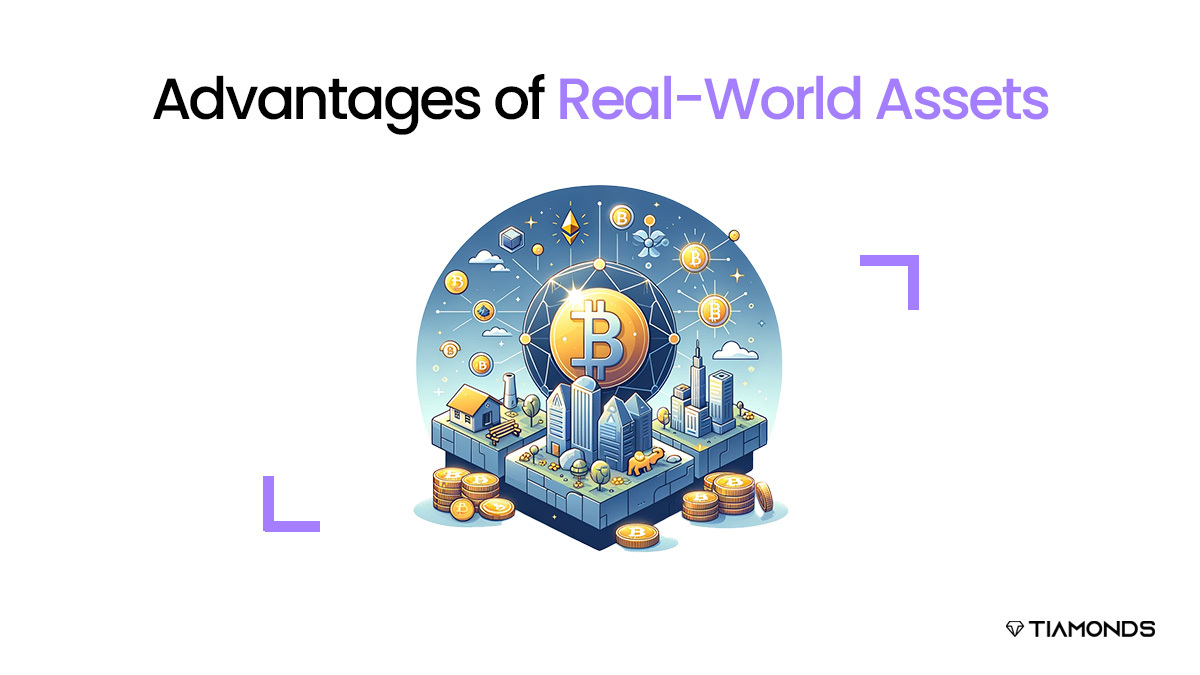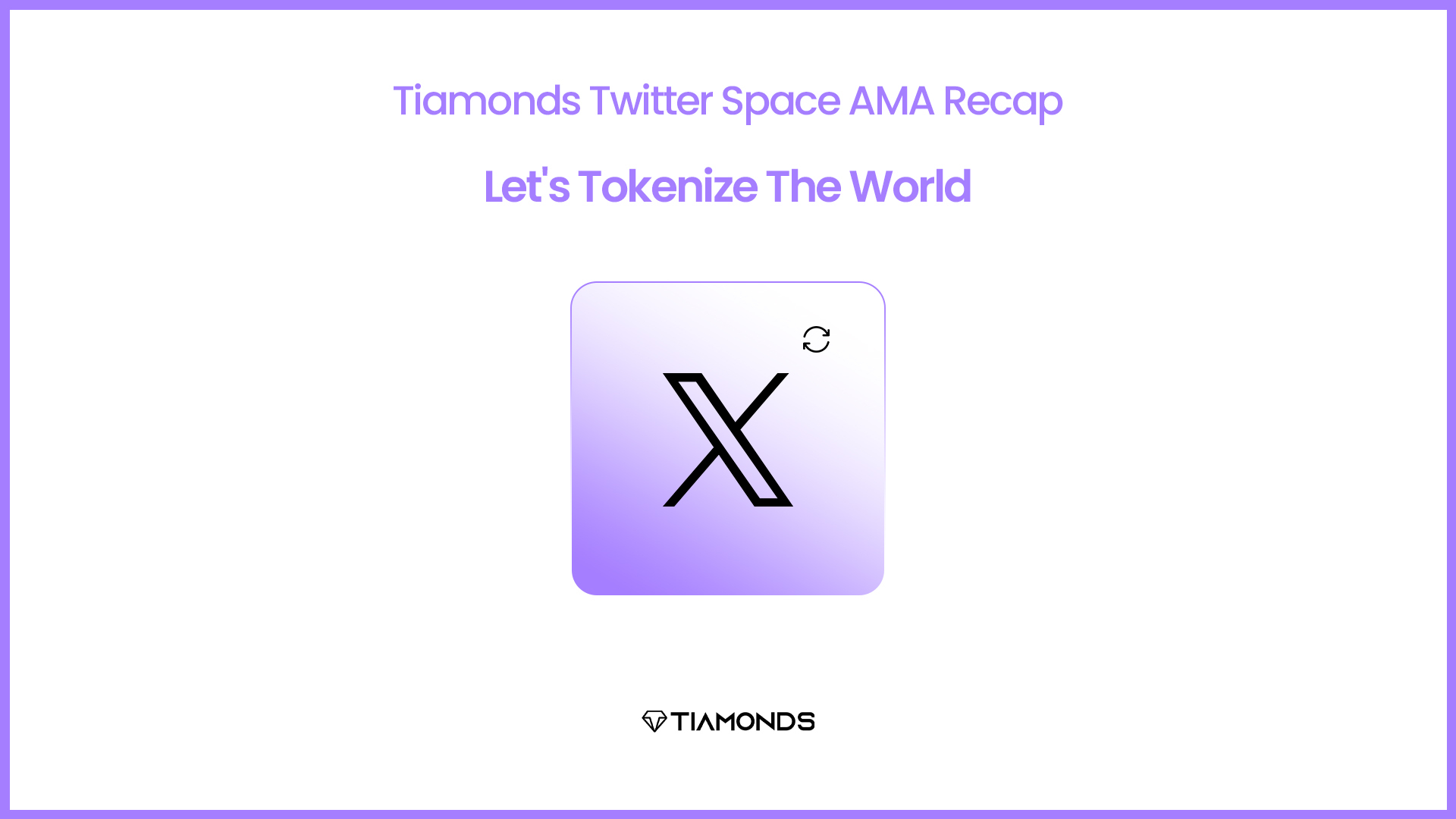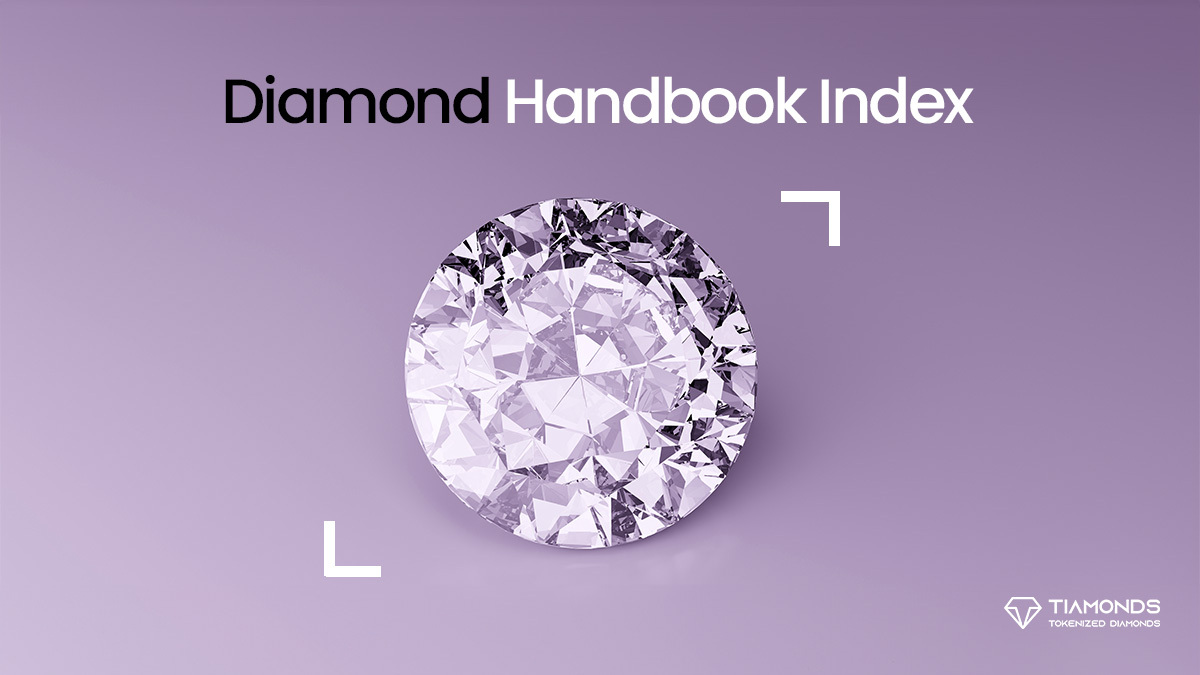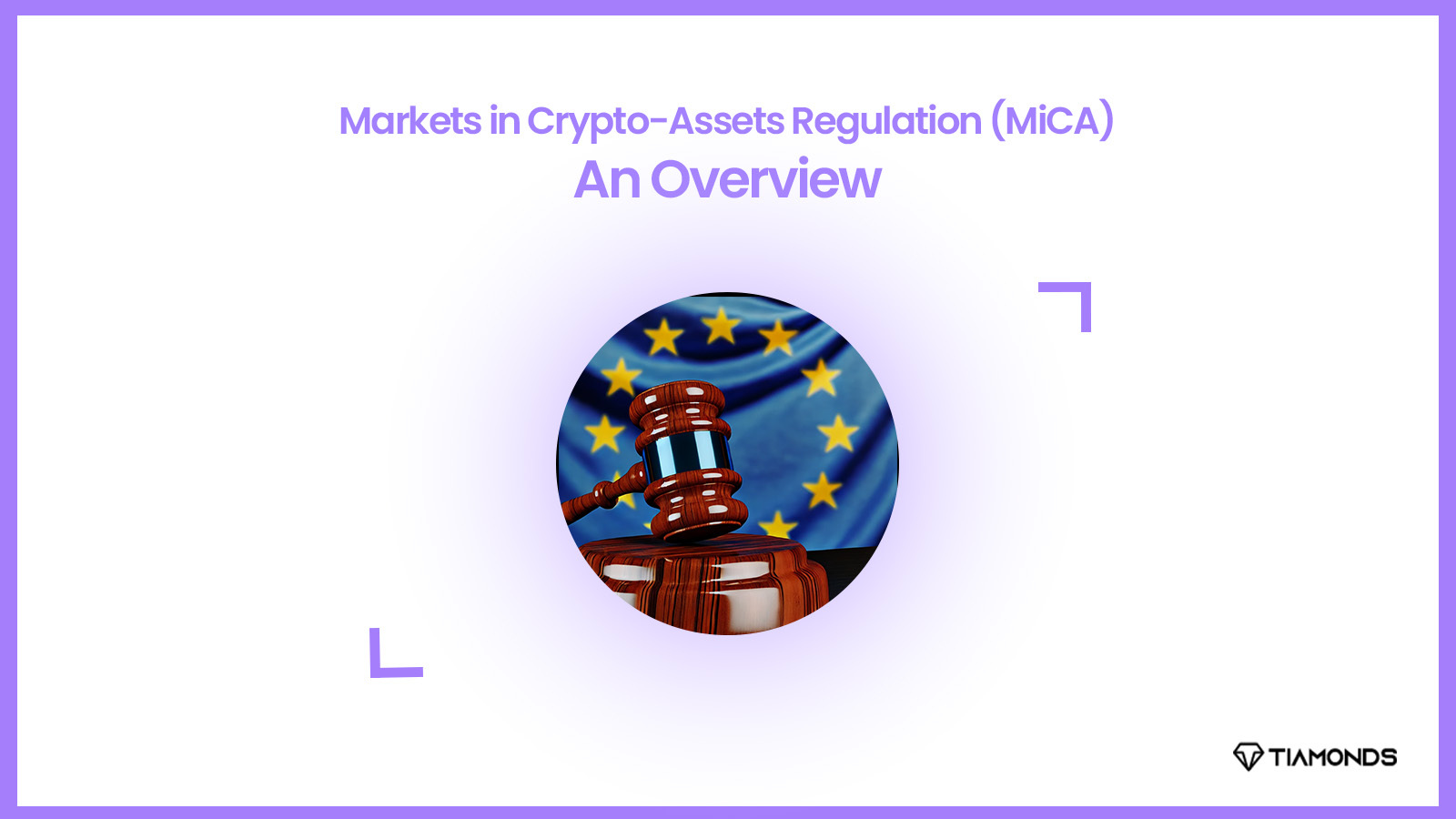Real-world assets (RWAs) are digital records that represent tangible and conventional financial assets, including but not limited to currencies, commodities, stocks, and bonds, within the blockchain. The RWA tokenization market has the potential to reach hundreds of trillions of dollars, making it one of the most substantial avenues for growth in the blockchain industry. In principle, tokenizing and adding anything of value to the blockchain is possible.
For this reason, tokenized RWAs are an established segment within the digital asset industry, as an expanding number of initiatives seek to tokenize currency, goods, real estate, and numerous other assets.
Real World Assets Explained
Real-world assets (RWAs) include a variety of assets, such as data-based, physical, and digital assets, deriving their value from existing beyond the blockchain. By tokenizing RWAs, a digital duplicate that exists on a blockchain is effectively produced.
Stablecoins originated as tangible assets. These coins pegged to fiat currencies like the euro or US dollar provide a liquid and stable alternative to fiat currency. Financial assets like insurance, stocks, bonds, treasuries, indices, and shares can be tokenized in addition to conventional currency. One can virtually record an infinite number of tangible assets on-chain. Tokenization is advantageous for jewellery, basic materials, agricultural products, real estate, artwork, and music licensing.
Tokenization has the potential to increase liquidity, transparency, and access to tangible assets. Through the fractionalization process, numerous individuals can acquire portions of valuable assets by dividing them into fractions. This democratization reshapes the asset ownership and investment landscapes by encouraging participation, empowering smaller investors, and expanding the distribution of wealth.
Advantages of Real-World Assets
Efficiency
By tokenizing tangible assets, parts of high-value assets can be efficiently traded on digital exchanges around-the-clock, eliminating the need for brokers and enabling streamlined, global transactions on a large scale. This optimizes procedures such as cross-border transactions and the automated reassignment of earnings or profits.
Trust
Immediate settling of real-world assets (traded against tokenized fiat) is a key advantage of tokenization; unlike traditional clearinghouses and CSDs, which require a trusted third party to function as a clearing agent, tokenization eliminates this need. By utilizing intrinsic consensus mechanisms, blockchain protocols determine who moves first in an exchange, thereby enhancing the efficiency and reliability of transactions.
Transparency
The blockchain maintains a public, immutable ledger that grants complete visibility regarding the ownership of assets and the activity of transactions. Transparent monitoring of transfers, liens, and other particulars prevents fraud while establishing clear title and provenance.
Compliance
Smart contracts can automate compliance with regulatory requirements and KYC/AML inspections. Digital tokens have the potential to streamline compliance with tax reporting obligations via public ledgers and integrated tools.
Cost
Eliminating intermediaries results in a decrease in customary transaction fees and documentation costs. Continual administration of tokens via blockchain consensus can reduce maintenance expenses in comparison to tangible assets and antiquated record keeping.
Different Types of Real-World Assets
Stablecoins
Stablecoins specifically engineer price stability in comparison to specified assets, such as commodities or currencies. These serve as a means of conducting cross-border transactions and operate as a banking infrastructure for individuals lacking access to traditional banking systems. Their global prevalence is steadily increasing.
Real Estate
The process of tokenizing properties enables individuals to make global real estate investments by acquiring fractional ownership in assets such as commercial structures or residential units. Smart contracts may distribute proceeds from managing rental payments and property expenses to token holders. Residential real estate tokenized by Projects consists of condominiums and houses, while commercial properties tokenized include offices and co-working spaces.
Commodities and Precious Metals
Tokenizing basic materials and precious metals enables new investment strategies. Meld facilitates the tokenization of gold and other precious metals on the blockchain. It allows individuals to possess genuine gold in digital format. Initiatives facilitate the process by which farmers convert their cereals into digital assets known as tokens, which can subsequently be traded, exchanged for services and supplies, or utilized as collateral for loans. Tokenizing any product on a platform like Origino enables tracing it through the supply chain.
Art and Collectibles
Blockchain technology enables the generation, possession, and exchange of immutable tokens. These symbolize unique works of art, antiquities, and antiques that are tangible in nature. Establishing digital provenance maintains scarcity. Certain initiatives are placing mementos and artwork on chains. Tokenizing art allows for ownership divisions, enabling high-priced artworks to be fractionally valued, reducing the investment cost, and increasing their accessibility.
Books and Music
Cultural works, including films, music, and literature, constitute a substantial market for tokenization on blockchain as digital files. Projects are at the forefront of establishing RWAs for ebooks and audiobooks, which authenticate proprietorship of the material. Music platforms are creating digital music RWAs that grant creators and consumers legitimate ownership of music. Significant potential exists for the tokenization of cultural assets to transform business models for creators and restructure global media consumption.
Intellectual Property
Artists, writers, and inventors issue digital tokens to represent shares of prospective income derived from their works. Early supporters may receive tokens and recurring shares of licensing fees or sales via smart contracts. Some platforms, for instance, permit investors to place bids on portions of the revenue from music catalogs. Dequency expedites and efficiently sells usage rights for musicians’ works by immutably documenting all transaction details on the blockchain.
Blockchain can facilitate seamless transitions of custody for automobiles, watercraft, and aircraft by tokenizing them and tracking their provenance as they change hands. Additionally, tokenization can enable fractional ownership of high-end vehicles such as yachts, private jets, and automobiles; their profits, utilization schedules, and costs are divided proportionally in accordance with smart contracts.
Consumer products
Tokenizing high-value consumer goods such as luxury items and electronics creates fractional ownership and a resale market. This may manifest itself in a number of ways, including consumer-generated tokens for device usage, fractional ownership exchanges, or auctions of pre-owned products. Additional methods for fostering customer loyalty programmes and preserving the value of asset cycles within their ecosystems are advantageous for brands.
Tiamonds: Tokenizing Real-World Assets – Diamonds
Tiamonds is a project that is revolutionizing the tokenization space. It bridges the gap between traditional and digital assets by offering accessible investments in tokenized diamonds.
Investing in Tiamonds comes with two benefits: Tokenized Diamonds & $TIA Rewards
Join Tiamonds to be a part of this asset tokenization space.




